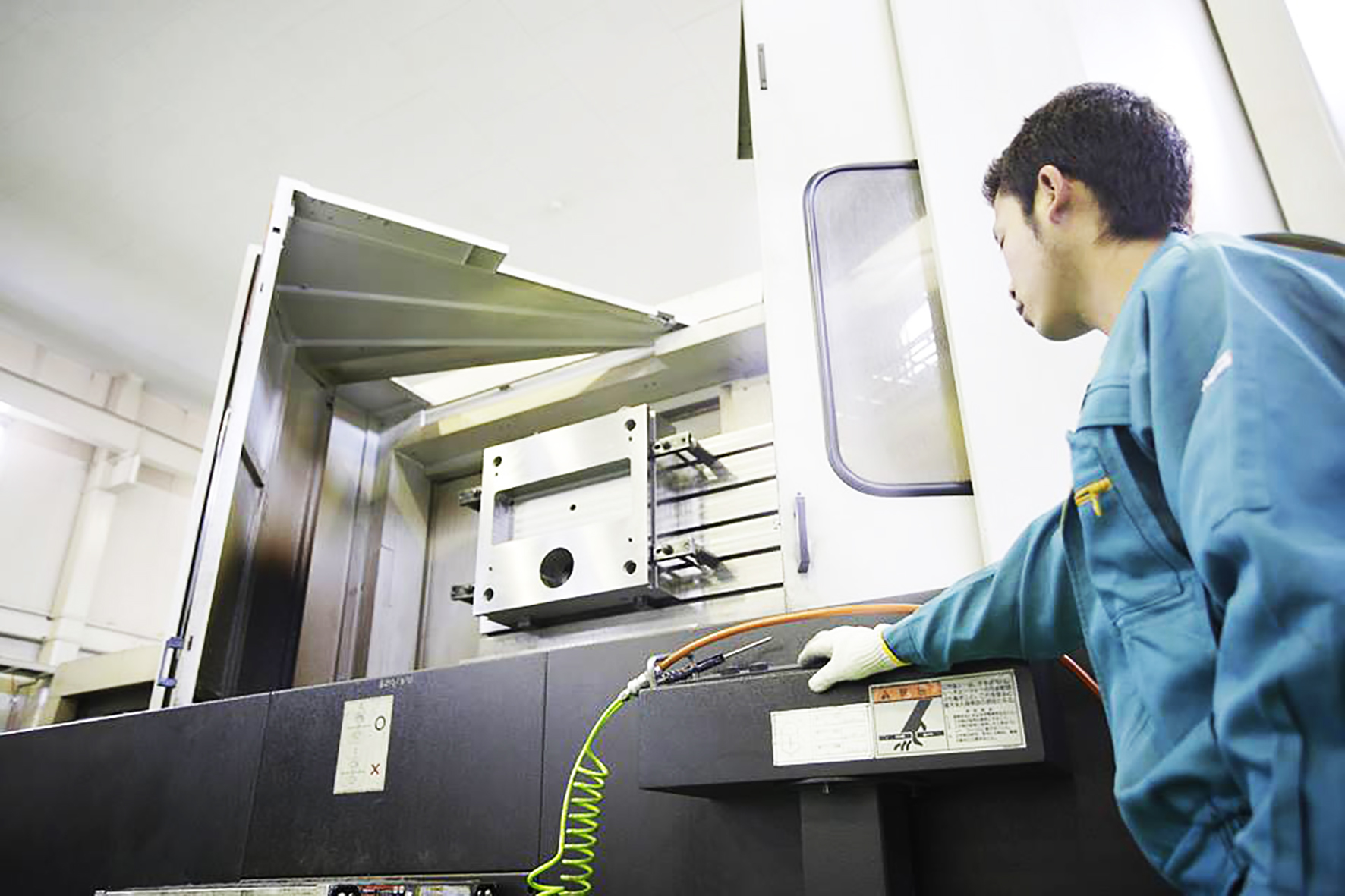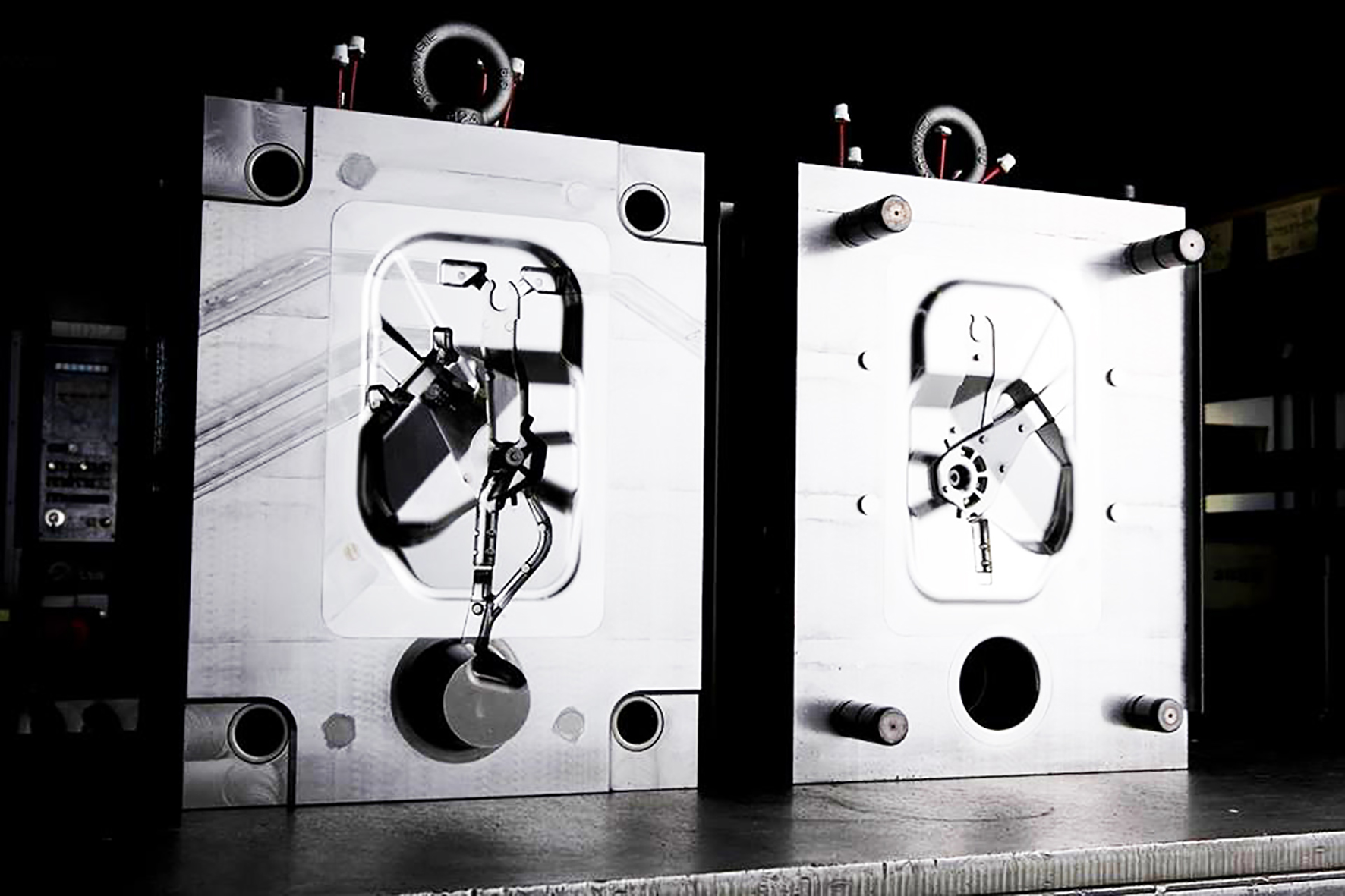In my last column, I talked about the idea of aiming globally from a Japanese standpoint.
This time, I’d like to discuss why this is effective.
Lowering the fixed cost in the main department and making the management leaner, then investing money in growing departments is the standard way for leading corporations in the Western world for business improvement. But for Japanese firms it is culturally more difficult to restructure fixed costs, and rapid growth cannot be expected. The best way for Japanese companies is to invest in untapped markets (for example, markets of developing nations), and departments closely related to the main department, thus making the management leaner and expanding business at the same time. Not an “offense OR defense” mindset, but an “offense AND defense” way of thinking.

Let’s look at Nintendo and how they succeeded with DS and Wii for example. They intentionally didn’t take on their competitors (PS or Xbox) head on, but rather, found their own lane. They didn’t try to outdo their competitors by loading on more features and functions, and they didn’t set a high fixed cost. They did everything they can to keep the cost low.
Instead, they devoted more attention to the user interface to design a system that can provide a wide range of users with new gaming experiences, and, through partnerships with companies, they incorporated innovative technologies like touch pen and sensors. As a result, their performances are way above those of their competitors.
The Toyota Production System (TPS) is another example of a business model that does not see high quality and low cost as something that can only be achieved at the expense of the other, but rather, sees those things as factors that add to each other. The “selling good quality products at low prices” ethos, the killing-two-birds-with-one-stone strategy was the golden motto a lot of successful Japanese firms followed, back when Japan was a strong economic force.
But through globalization, a lot of companies fell victim to the race to elevate product value, ignoring the cost. As a result, a lot of Japanese companies faced a “dilemma of innovation.” Instead of sticking to Japanese style management, they fell into the trap of Western style business models. To properly engage the killing-two-birds-with-one-stone tactic, a company has to look at genuine product quality not from the product aspect such as engineering or features, but from the customer point of view, such as value of experience.
As for the genuine price, one would have to reevaluate what needs to stay, and what needs to go. In other words, a company has to follow that golden motto but kick it up a few notches. Especially, if they want to advance into a rising nation’s market, they’re not going to succeed by just reusing the same failed management style that many Japanese companies have been using. In order to stop living in the past, they have to identify the strong DNA that runs in the company, and modify the bad DNA. That’s the kind of scrutiny and management improvement that needs to be done. In my next column, I will talk about how to achieve both genuine quality and price in a good cycle.

“From Japan to the World”
“From Japan to Global.” I have been pursuing the realization of these words for the past few years. While it seems that the end to a dark time is in sight, having survived the lost decade and the worldwide recession, in reality, our future is not at all transparent. In this climate, Japanese businesses took the direction of pursuing its specialty, trying to create new demand through their high end, high priced products. Over the years this slowly shifted to a disconnect with the clients and their views, and the corporate pursuit of self-satisfaction.
We at Fujii Kanagata, as a manufacturer, have also been tempted by technology driven thoughts, and are not immune to the conditions described above. Japanese companies, with their high cost structures, have severe limitations when trying to penetrate the premium market segments developing countries have to offer. This moment, when all of our conventional business models are approaching their limits, is the time to shift directions towards our next evolution.
The next important step that we have to take is to combine existing technology and assets in an optimal fashion (true value) in order to offer the value that clients themselves seek (true quality.) This approach has already been used by a few Japanese businesses. Uniqlo, Toyota, or Nintendo (creators of Wii) come to mind. Apple also takes this approach.

This type of strategy, chasing two birds, is highly complex, often times resulting in hesitation. The key to success is to polish and improve upon your company’s core strengths, and to keep expanding on it. This must be it. In any type of battle, you must first have an accurate assessment of your own weapons, then make an objective analysis of the tides of battle, and finally put your plan into action.
Many Japanese businesses have the heart of service and hospitality, and this has helped in the growth of each company’s strengths. These strengths are ingrained in the DNA of all of these companies. Omotenashi, a concept of hospitality unique to Japan, stems from deep religious devotion and thoughts of finiteness, uncertainty, and coexistence, making it hard to imitate in foreign countries. If one can harness and utilize this strength, a revolution developing true quality and true value within your undertakings will be possible, bringing an opportunity for growth. Working on projects the treasure that will bring growth to the next level.

Recent times have shown that the trend is to follow the Western management style of selling and buying out businesses in short time periods. Does this method really work well with Japanese businesses? I believe that polishing the DNA of your company and slowly moving into different industrial territories, while seeming to be a long and troublesome way, is actually the fastest way. When in a hurry, take your time, and don’t cut corners. I believe that this management method compatible with Japanese companies is the key to these ventures being successful in the global arena, bringing confidence and vitality to Japanese businesses. Could this not result in “From Japan to the World”? With this in mind, I would like to speak on my thoughts in the next installment.






